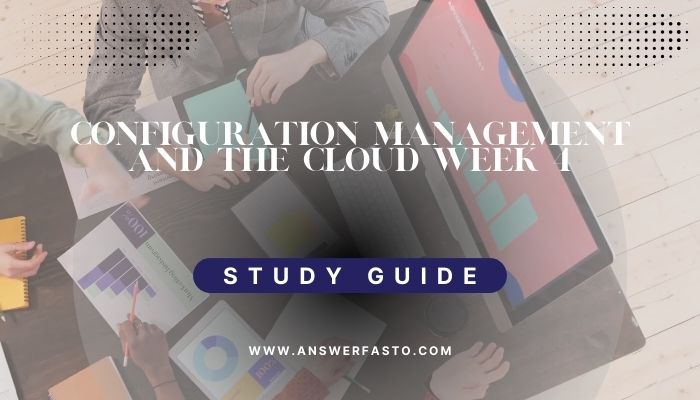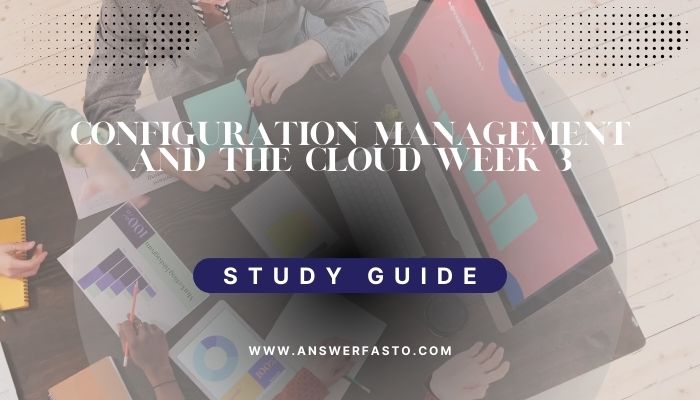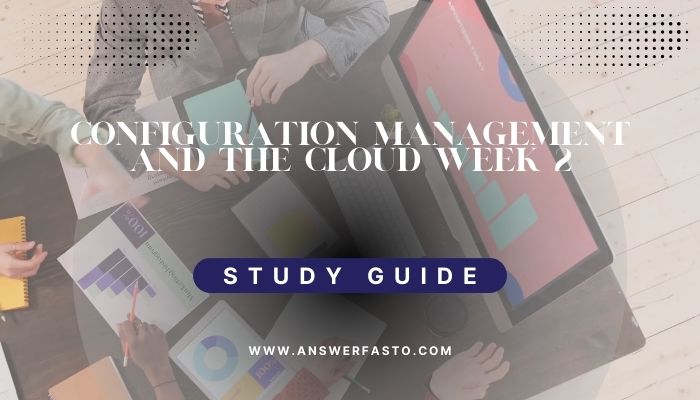1. What is latency in terms of Cloud storage?
- The measure of how many reads or writes you can do in one second, no matter how much data you’re accessing.
- The amount of data that you can read, and write in a given amount of time.
- The amount of time it takes to complete a read or write operation.
- The time delay between an input and output.
2. Which of the following statements about sticky sessions are true? (Select all that apply.)
- All requests from the same client always go to the same backend server.
- Sticky sessions maintain an even load.
- They should only be used when needed.
- They can cause problems during migration.
3. If you run into limitations such as rate limits or utilization limits, you should contact the Cloud provider and ask for a _____.
- Beta version
- Quota increase
- A/B test
- Blob storage solution
4. What is the term referring to everything needed to run a service?
- Environment
- Provisions
- Utilization limits
- Continuous integration
5. What is the term referring to a network of hosts spread in different geographical locations, allowing ISPs to be as close as possible to content?
- Domain Name Service
- Continuous Deployment
- Platform as a Service
- Content delivery network
6. What is a Service Level Agreement?
- An agreement between the user and developer.
- A strict commitment between a provider and a client.
- An agreement between service providers.
- A guarantee of service quality.
7. What is the most important aspect of an alert?
- It must be actionable.
- It must require a human to be notified.
- It must require immediate action.
- It must precisely describe the cause of the issue.
8. Which part of an HTTP message from a web server is useful for tracking the overall status of the response and can be monitored and logged?
- A triggered alert
- The data pushed back to the client
- Metrics sent from the server
- The response code in the server’s message
9. To set up a new alert, we have to configure the _____ that triggers the alert.
- Condition
- Metric
- Incident
- Service Level Objective (SLO)
10. When we collect metrics from inside a system, this is known as ______ monitoring.
- White-box
- Black-box
- Network
- Log
11. Which of the following are valid strategies for recovery after encountering service failure? (Select all that apply.)
- Switching to a secondary instance.
- Setting up monitoring and alerts.
- Restoring from backup.
- Performing a rollback to a previous version.
12. Which of the following concepts provide redundancy? (Select all that apply.)
- Having a secondary instance of a VM.
- Having a secondary Cloud vendor.
- Having automatic backups configured.
- Performing a rollback.
13. If you operate a service that stores any kind of data, what are some critical steps to ensure disaster recovery? (Select all that apply)
- Implement automated backups
- Use redundant systems wherever possible
- Test backups by restoring
- Never delete old backups
14. What is the correct term for packaged applications that are shipped with all needed libraries and dependencies, and allows the application to run in isolation?
- Rollback
- Secondary instance
- Containers
- Disk Image
15. Using a large variety of containerized applications can get complicated and messy. What are some important tips for solving problems when using containers? (Select all that apply)
- Use extensive logging in all parts
- Reduce the number of containers
- Reuse container configurations
- Use test instances



